NEW YORK
IN THE THIRTIES
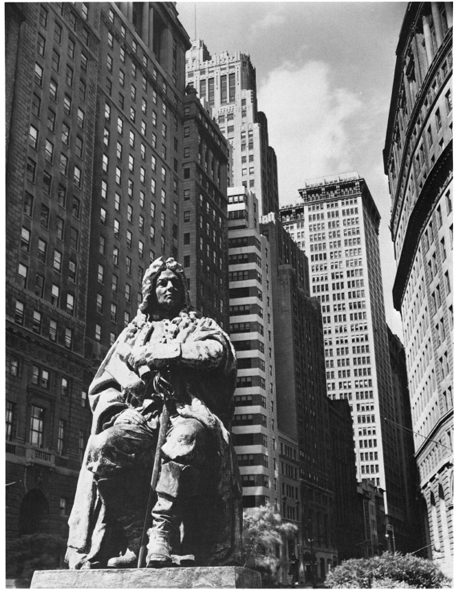
Erected: 1890. Sculptor: George Edwin Bissell (1839-1920).
 Col. Abraham de Peyster (1658-1728) served as mayor, chief justice and president of the King's Council in Dutch colonial days. Two centuries passed, however, before he was immortalized in bronze. Today Bissell's statue stands in Bowling Green on the site where once stood a lead statue of George III, pulled down and melted for Revolutionary bullets.
Col. Abraham de Peyster (1658-1728) served as mayor, chief justice and president of the King's Council in Dutch colonial days. Two centuries passed, however, before he was immortalized in bronze. Today Bissell's statue stands in Bowling Green on the site where once stood a lead statue of George III, pulled down and melted for Revolutionary bullets.
The date on which the photograph was taken appears in the first part of each caption.
NEW YORK
IN THE THIRTIES
[formerly titled: Changing New York]
AS PHOTOGRAPHED BY
Berenice Abbott
TEXT BY ELIZABETH McCAUSLAND
DOVER PUBLICATIONS, INC., NEW YORK
Copyright 1939 by The Guilds' Committee for Federal Writers' Publications, Inc.
Copyright renewed 1967 by Berenice Abbott. All rights reserved.
This Dover edition, first published in 1973, is an unabridged republication of the work originally published by E. P. Dutton & Company, Inc., New York, in 1939, under the title Changing New York. The original text is unaltered, except for the correction of typographical errors.
The publisher is grateful to The Museum of the City of New York for making their original prints of the photographs available for reproduction.
Library of Congress Catalog Card Number: 73-77375
International Standard Book Number
ISBN-13: 978-0-486-22967-6
ISBN-10:0-486-22967-X
Manufactured in the United States by Courier Corporation
22967X17
www.doverpublications.com
NEW YORK IN THE THIRTIES
Like many gifted American artists, Berenice Abbott was born in Ohio. After studying at the Ohio State University, she went abroad in 1921 for further experience in the field of art and in 1924 started working in the studio of Man Ray. She next turned to portrait photography. Joyce, Marie Laurencin, Andr Siegfried, Gide, Maurois and Cocteau are only a few of the great and near-great who sat for her camera eye, a vision described in a contemporary critique as as uncompromising as Holbeins.
Early in the spring of 1929 she returned to the United States for a visit. While here she became so enthusiastic over what was going on about her that she determined that her work henceforward lay in America. After a brief trip to Paris to wind up her affairs she returned permanently to this country. Here the contrasts of a changed and changing city convinced her that a comprehensive portrait of New York was of more interest to her than portraits of people, and so emerged the idea of Changing New York. With the aid of a small camera, the photographer now known as a big camera exponent began this record with tiny photographic notes. Very shortly she interested I. N. Phelps Stokes, Trustee of the New York Public Library, author of Iconography of Manhattan Island and member of the Municipal Fine Arts Commission, and Harding Scholle, director of the Museum of the City of New York, in her plan for a photographic documentation of New York City. Both of these connoisseurs are still vitally concerned with the undertaking and have aided it throughout.
The lack of private patronage for the arts and artists in general which was one of the chief factors contributing to the establishment of the Federal Art Project of the Works Progress Administration brought Berenice Abbott to us in 1935.Prior to that date a group of her photographs was shown at the opening of the Museum of the City of New York in 1932, and a comprehensive exhibition of this material in a one-man show was held in the same place two years later. Her second one-man exhibition in the Museum of the City of New York in October, 1937, under the auspices of the Federal Art Project, depicted Changing New York as a mature and vital record well under way. This will be deposited in its entirety in the Museum of the City of New York, the original sponsors of the venture, and portions of it have already found their way into such institutions as the Evander Childs High School, and the Central Commercial High School in New York City, the University of Minnesota, and the New York State Museum.
Only a small number of the hundreds of photographs produced are contained in this book, but enough appear to demonstrate the value of these data. The story told in dramatic contrast of old and new, of beauty and decay, is part of the function of this documentation. Scenes which were here two years ago and are gone today, and changes which are taking place are recorded in their relationship to the environment which remains. A truthful, sometimes humorous and often bitter commentary ensues.
Berenice Abbott does not wish to be called artistic. She hates everything that is sentimental, tricky or devious. Her photographs are not dressed up with trailing clouds nor dramatized with superficial tricks or angle shots, soft lighting or oversimplification. This is straight photography. Amid traffic, haste, vibration, crowds, confusion, she has set up her 8 x 10 camera, leveled it off with a tiny carpenter's spirit level, composed the image on the ground glass, focused it, calculated exposure, and taken the picture. But the layman must not think for an instant that these photographs were made by merely pressing a button. They are the work of a master artist who is a master craftsman as well.
The brief captions by Elizabeth McCausland accompanying the photographs in this book constitute only a small percentage of thousands of pages of factual material which document this photographic record. The untiring and enthusiastic work of the author is responsible for compiling this commentary. A staunch supporter of documentary photography, Elizabeth McCausland believes in the essential validity of Berenice Abbott's work.
However, the book was not created by these two people alone, but is the product of a cooperative effort. A group of technical and research workers, some over a long period of time and some for short term intensive work, have made contributions. Their names appear immediately following this foreword. Special credit, furthermore, must go to Lincoln Rothschild, head of the research division of the Index of American Design, for invaluable assistance in coordination of this research as well as for his general interest and aid.
Cooperative effort of this type is the keynote of the Federal Art Project. On a plan of group endeavor, the eighteen hundred workers who ply their crafts serve the people with murals for public buildings, teachers for underprivileged groups, visual campaigns against crime and disease, historic records of public achievements. Founded on a basis of the inherent right of the individual to work and of the preservation of skills, and under the inspiring guidance of the National Director, Holger Cahill, the Federal Art Project, the only public enterprise of its kind ever undertaken in this country and indeed unique in the world, takes its place, as does the documentation in this book, in the cultural history of this City and the United States.
A UDREY M C M AHON
January , 1939
NEW YORK CITY FEDERAL ART PROJECT CONTRIBUTORS
Ralph Gutieri, Supervisor , Photographic Division.
Technical Workers: Frances Fein, Mabel Forster, Nels Nelson, Sam Shalet, Boris Stackliff, Mack Young.
Lincoln Rothschild, Head of Research Division , Index of American Design.
Research Workers: Louis Adorjan, Edith Brandinger, James Broughton, Emanuel Feller, Sidney Jacobs, Samuel Meid- man, Roshelle Oksmann, Stavros Razotos, Sally Sands, Joseph Shore, Eleanor Somkin, Elsie Spier, Charles White, Scott Williamson.
LIST OF PLATES
Next page
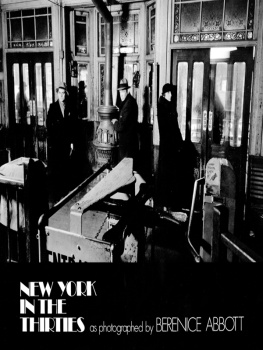
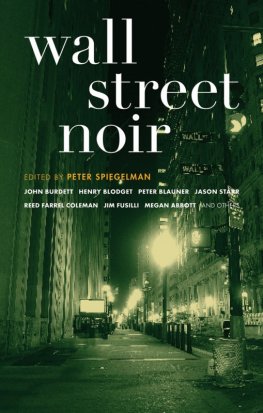
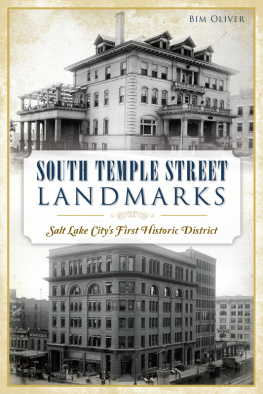
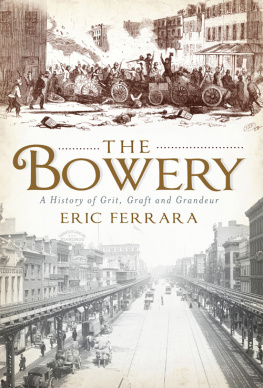



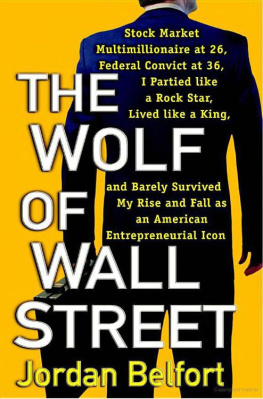

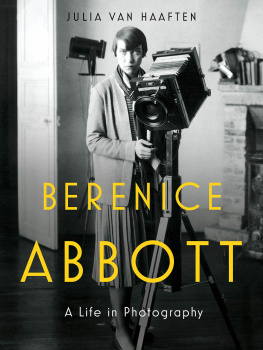


 Col. Abraham de Peyster (1658-1728) served as mayor, chief justice and president of the King's Council in Dutch colonial days. Two centuries passed, however, before he was immortalized in bronze. Today Bissell's statue stands in Bowling Green on the site where once stood a lead statue of George III, pulled down and melted for Revolutionary bullets.
Col. Abraham de Peyster (1658-1728) served as mayor, chief justice and president of the King's Council in Dutch colonial days. Two centuries passed, however, before he was immortalized in bronze. Today Bissell's statue stands in Bowling Green on the site where once stood a lead statue of George III, pulled down and melted for Revolutionary bullets.